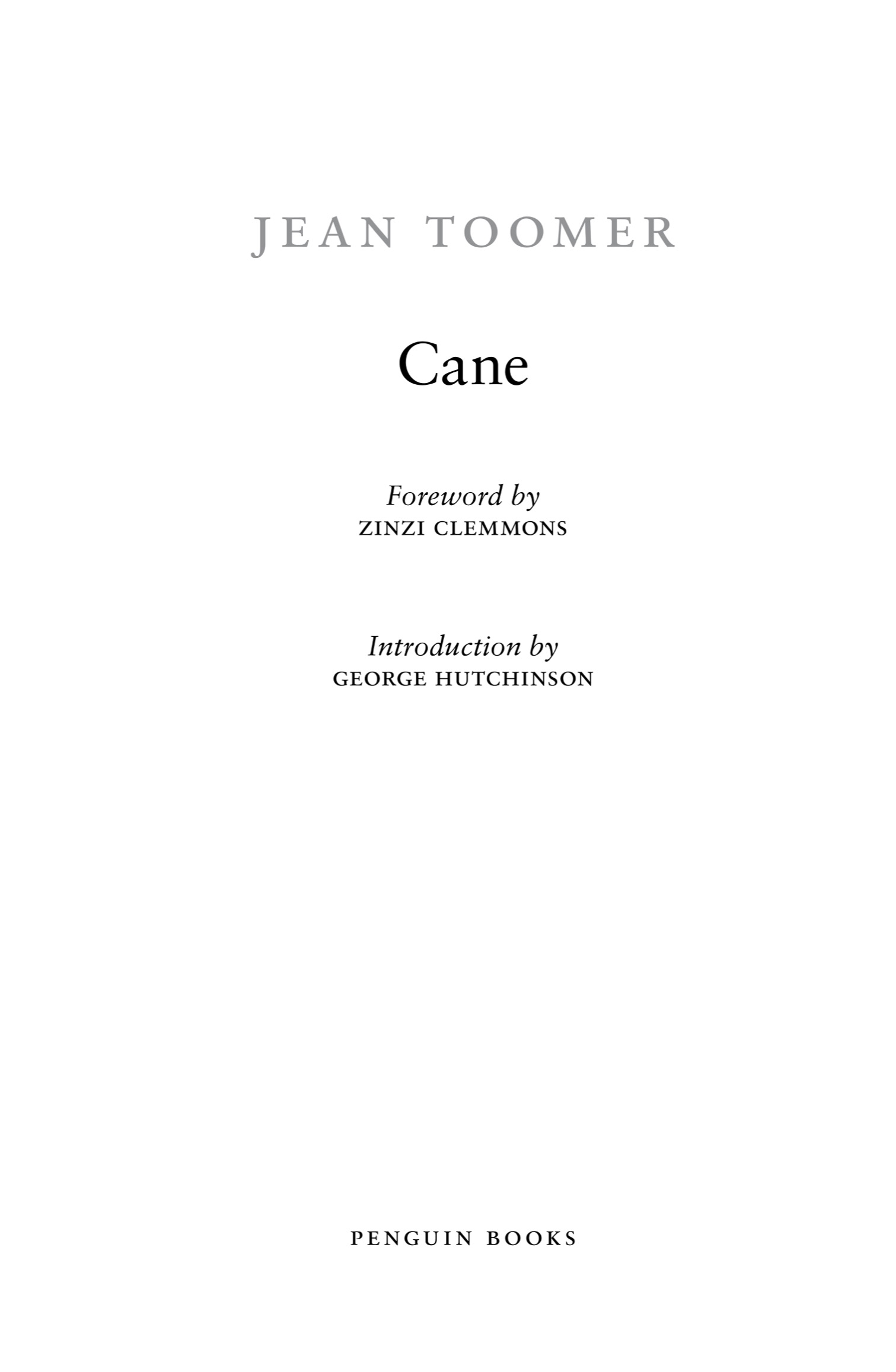PENGUIN 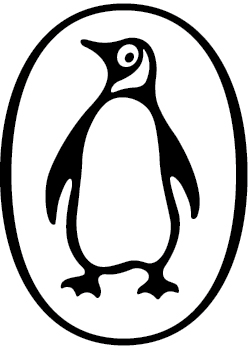 CLASSICS
CLASSICS
CANE
JEAN TOOMER (18941967) was born and raised chiefly in Washington, D.C., in the household of his grandfather, P. B. S. Pinchback, the first African American to serve as governor of a state, Louisiana. A writer, educator, and spiritual seeker, Toomer blazed like a comet through the literary firmament with the appearance of Cane (1923), which awed and inspired African American writers of the Harlem Renaissance and later. Toomer partook of both black intellectual traditions and the leftist and avant-garde cultural radicalism of Greenwich Village. Finding his creative imagination fired by southern black folk life during a brief stint as principal of a black industrial school in northern Georgia, he wrote a series of poems, sketches, stories, and plays in the early 1920s, many of which he composed into his modernist masterpiece. He considered it a lyrical swan song to a form of life that would soon die in the modern desert, while contributing essentially to the advent of a new American culture and people. Following Cane, Toomer made a spiritual journey through various psychological and religious experiments for which he was an admired proponent and teacher, until finally harboring in the Society of Friends.
ZI NZI CLEMMONS was raised in Philadelphia by a South African mother and an American father. Her debut novel, What We Lose, earned her a spot on the 2017 National Book Award 5 Under 35 list and was a National Book Critics Circle John Leonard First Book Prize finalist. Clemmons lives in Los Angeles with her husband, where she teaches at Occidental College.
GEORG E HUTCHINSON is Newton C. Farr Professor of American Culture in the English department at Cornell University. He is the author of The Harlem Renaissance in Black and White; In Search of Nella Larsen: A Biography of the Color Line; and Facing the Abyss: American Literature and Culture in the 1940s. He also edited The Cambridge Companion to the Harlem Renaissance and co-edited Publishing Blackness: Textual Constructions of Race since 1850.
PENGUIN BOOKS
An imprint of Penguin Random House LLC
375 Hudson Street
New York, New York 10014
penguinrandomhouse.com
First published in the United States of America by Boni & Liveright, Inc., 1923
Published in Penguin Books 2019
Introduction copyright 2019 by George Hutchinson
Foreword copyright 2019 by Zinzi Clemmons
Penguin supports copyright. Copyright fuels creativity, encourages diverse voices, promotes free speech, and creates a vibrant culture. Thank you for buying san authorized edition of this book and for complying with copyright laws by not reproducing, scanning, or distributing any part of it in any form without permission. You are supporting writers and allowing Penguin to continue to publish books for every reader.
Ebook ISBN: 9780525505464
LIBRARY OF CONGRESS CATALOGI NG-IN-PUBLICATION DA TA
Names: Toomer, Jean, 18941967, author. | Clemmons, Zinzi, writer of foreword. | Hutchinson, George, 1953 writer of introduction.
Title: Cane / Jean Toomer ; foreword by Zinzi Clemmons ; introduction by George B. Hutchinson.
Description: New York, New York : Penguin Books, 2019. | Series: Penguin Classics | Includes bibliographical references.
Identifiers: LCCN 2018029324 | ISBN 9780143133674 (paperback)
Subjects: LCSH: African AmericansSocial life and customsFiction. | African AmericansSouthern StatesFiction. | RacismUnited StatesFiction. | BISAC: FICTION / African American / General. | FICTION / Classics. | FICTION / Literary.
Classification: LCC PS3539.O478 C3 2019 | DDC 813/.52dc23
LC record available at https://lccn.loc.gov/2018029324
Cover illustration: Xia Gordon
Version_2
Contents
Foreword
Originally published in 1923, Cane was written in an era not so different from ours, and Jean Toomer embodied the prevailing artistic movements of his time and contextmodernism and the Harlem Renaissanceas both a writer and an individual. His literary experiments with fragmentation and hybridity placed him firmly alongside James Joyce and T. S. Eliot. At the same time, he also found fellowship among luminaries such as Alain Locke and Zora Neale Hurston, who committed themselves to dynamically representing African American experiences on the page. Though not usually acknowledged in the historical record, or given his due in the mainstream canon, Toomer deserves to be considered a respected figure in both movements.
These artistic movements occurred against the backdrop of the Great Migration, a decades-long period, beginning in the late nineteenth century, when thousands of blacks fled the agrarian South for industrialized labor in the north and west. This migration occurredmuch as it is in the Middle East nowbecause blacks were escaping increased racialized terror resulting from state actions such as the 1896 Plessy v. Ferguson decision, which legalized separate but equal, and the subsequent Jim Crow laws that brutally upheld segregation.
In light of this, Toomer also devoted much time and thoughtpossibly even more than his writingto how he constructed his own identity. Toomer was of black and white heritage, and appeared racially ambiguous. New research by the scholars Rudolph P. Byrd and Henry Louis Gates Jr. suggests that he passed for white at various points in his life. In the same essay, Byrd and Gates noted, Anticipating the curiosity, confusion, and misunderstanding that his body, speech, and appearance would engender, and no doubt seeking to escape the boundaries imposed upon persons of African descent, Toomer tells us he formed his own racial position before leaving what he would have us believe was a special race world of Washington, D.C.
Toomers racial position, as described in his journals, was an aristocracy... midway between the white and Negro worlds composed of mixed-race people. This position would later inspire him to imagine a new race for himself, an extension of his actual position in Washington, D.C.a midpoint between blacks and whites from which he could communicate with both. He called this new race American, and it was both an invention and a foreshadowing of one of the many ways in which race is reimagined today.
Between 1929 and 1967, following initial publication in 1923, Cane fell out of print. Since then, editions were published in 1969, 1975, 1988, 1993, 2011, and today. In 2010, new research on Toomer was revealed. Cane is having another moment today, and it doesnt seem coincidental. After the failure of post-racialism and the shortcomings of the first black president (increasing inequality, the worsening economic situation of African Americans) have been aired, Canes importance has again been recognized.
In the wake of Barack Obamas election, the term post-racial emerged to potentially characterize the moment Americans found themselves in. With the election of a black president, and the countrys demographics tilting toward a majority-minority, it felt like we might have shed those old, constrictive notions of race. We had broken through a barrier, shattered a glass ceiling, and certainly none of those old prejudices could survive in this brave new world. Today, post-racial feels like a quaint artifact of a more hopeful time, a time we dared to imagine ourselves beyond the countrys many deep-seated racial tensions and frequent outbursts of violence.

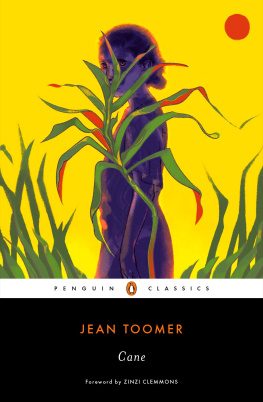


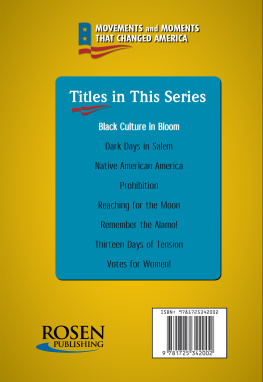
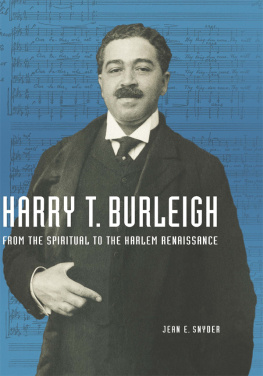
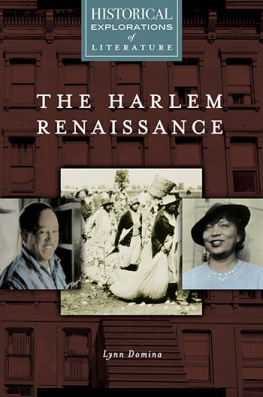
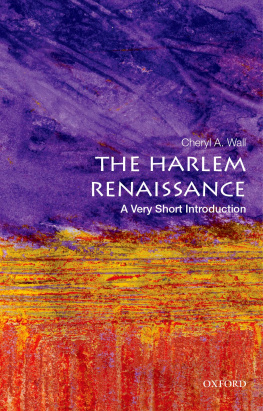
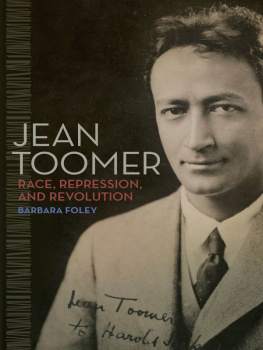
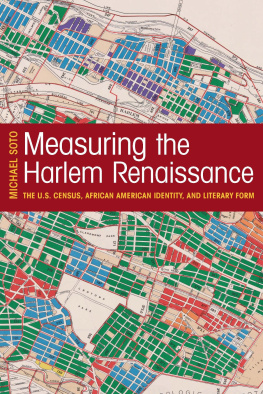
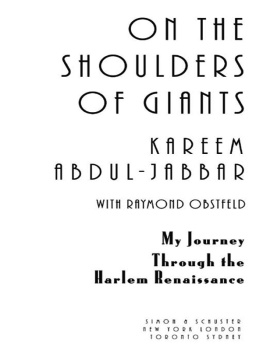
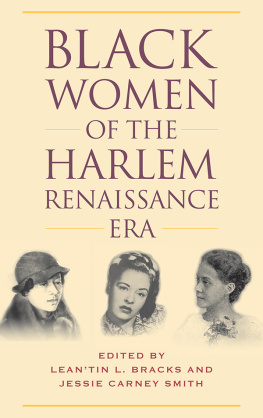

 CLASSICS
CLASSICS